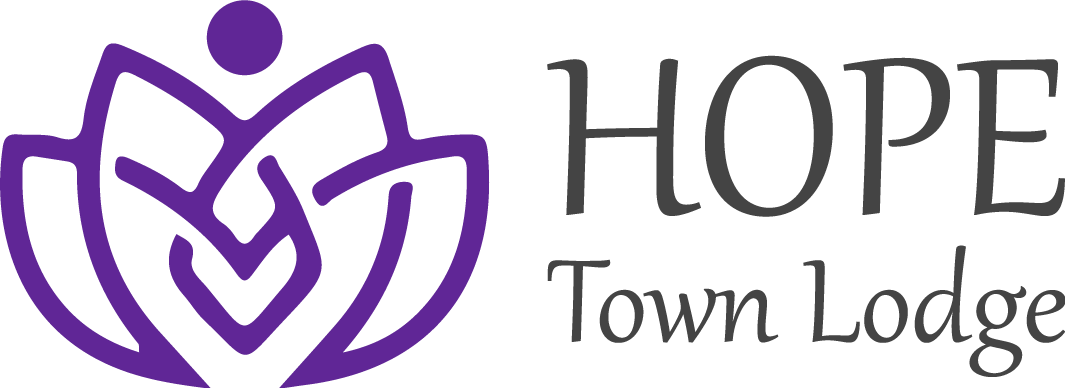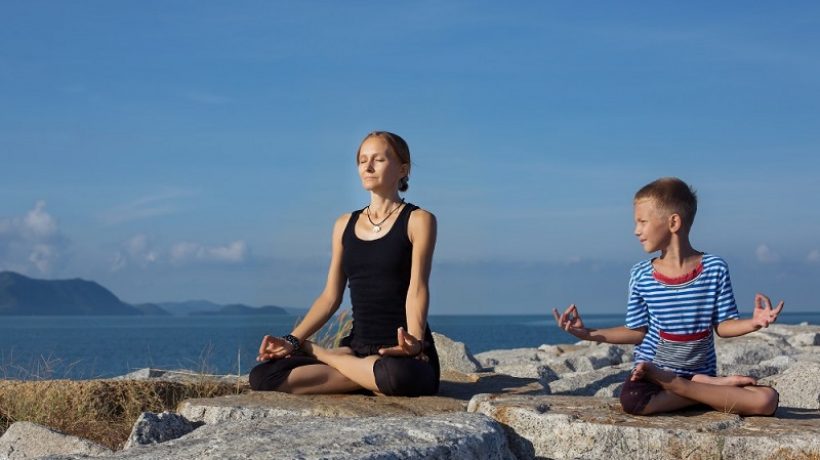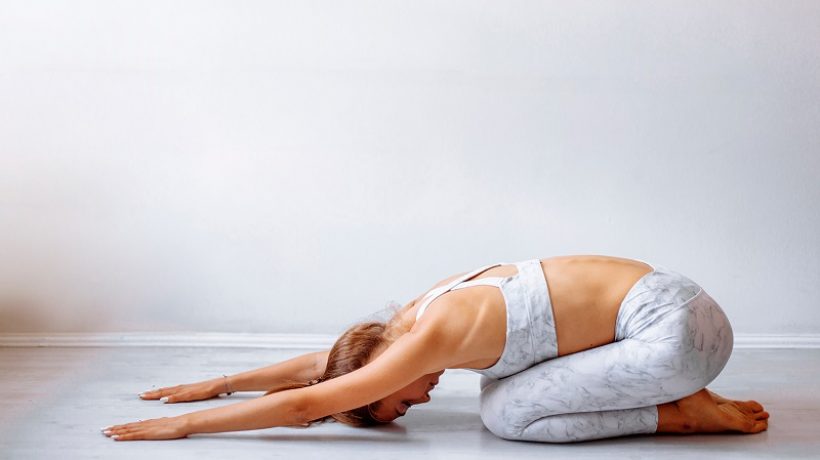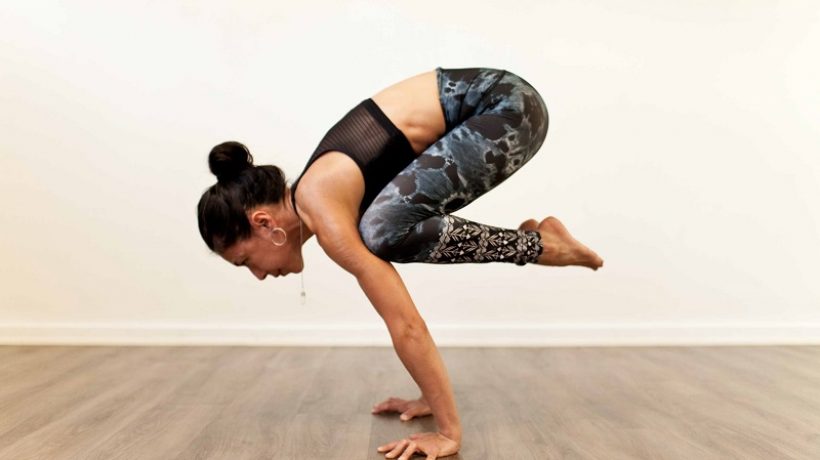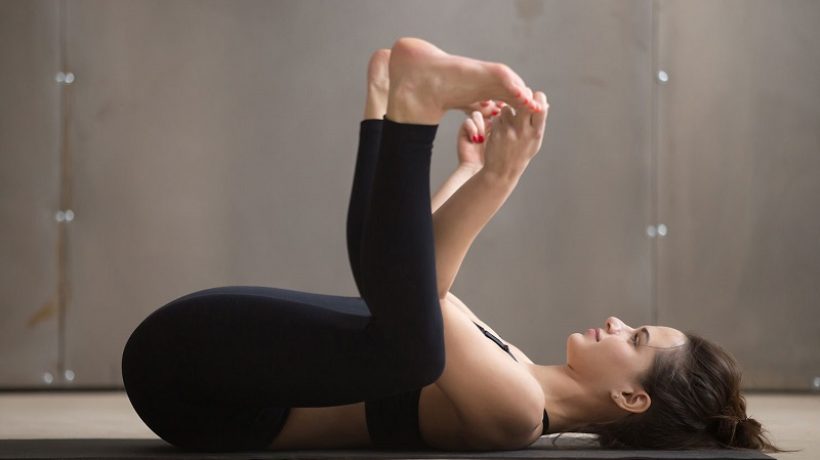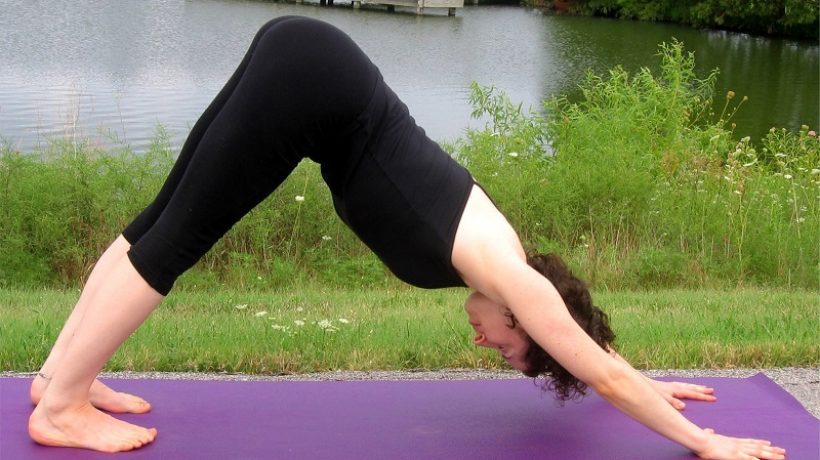Sometimes life can be challenging
With everything going on in the world today it's ok not to feel 100% We can help each other with mindfulness and well being support
Struggling with work and life commitments
Feeling isolated and alone?
Overwhelmed by day to day life
Low self esteem and social anxiety
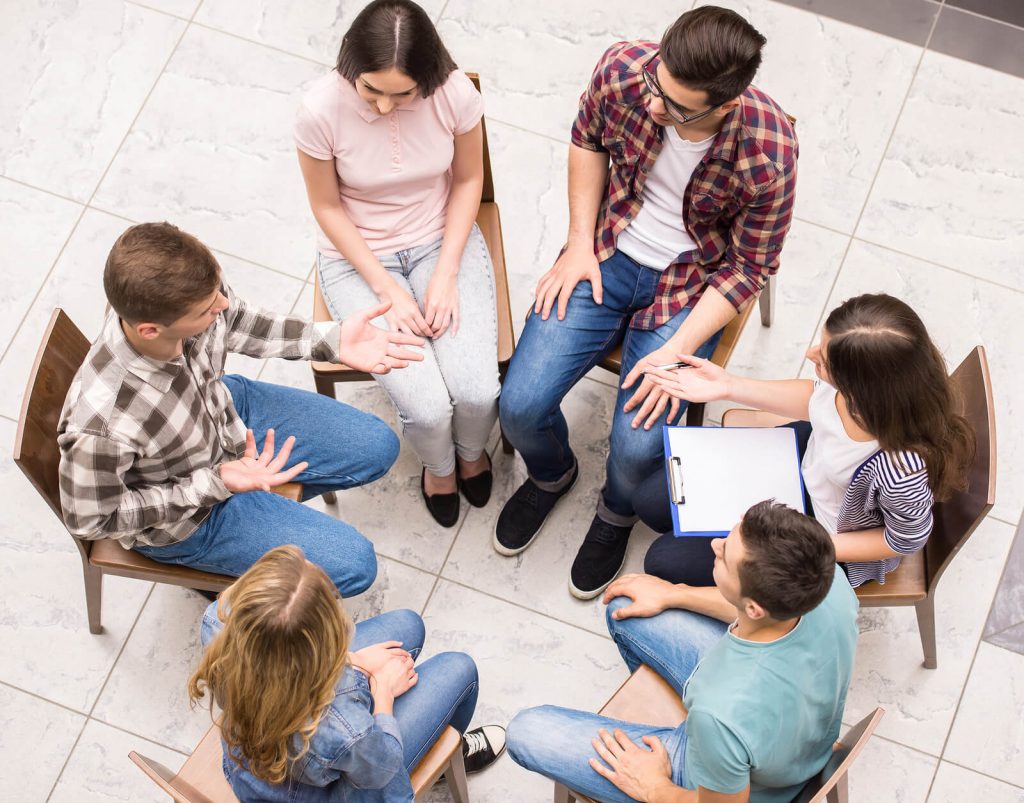
Hope Town Lodge is our safe haven for people that need some love, care and advice in a world full of challenges. Wherever your from or life experiences one thing is true of us all, were all human and we all deserve love.
Our blog looks at all the different ways to create great mental health. From homely comforts to breathing exercises and positive mantras to both kickstart and end your day with calm. We hope this helps you as much as its helps us ...
How can you help yourself?
Note down your worries
Be one with nature
Take your time
Be kind
Read our articles
Does meditation work for everyone?
If we had to quickly answer this question, the first answer we can give is yes. All people can initiate themselves in the practice of meditation. There are no physical or biological impediments that prevent our predisposition to start. However, there are many factors that we recommend taking into account and that we invite you to know in this article.
Balasana: the Child’s pose for meditation
Balasana, the Child’s posture, is one of the most elementary rest or relaxation asanas, it is one of the first postures that most instructors teach and you will probably find it in your classes.
Due to its simplicity and the physical benefits it brings, it is very common for it to be practiced in classes of activities other than yoga, such as dance, stretching, and even conscious gymnastics classes.
It is an extremely common asana, which can be done before or after any other posture. It is usually incorporated as a break between the more advanced series.
Balasana can be a welcome break for someone new to yoga, a relatively easy pose to adopt. For an advanced practitioner, it becomes possible to explore and deepen more and more, experiencing it with more awareness of the body, the breath and the very essence of the posture.
In many cases, this posture awakens a kind of physical and psychological memory of our childhood. That sense of peace and security is great for calming the mind, relaxing the body, and deepening breathing. In the long term, it will help create a general sense of calm and well-being, both on and off the mat.
Balsana and breathing
The Child’s posture causes the body to adopt a position in which the front of the rib cage is somewhat compressed. This creates a resistance to shallow and frontal breathing that most people have adopted as their daily breathing.
For many, practicing Balasana for the first time is being confronted with the need to breathe in a new and alien way. The pressure exerted in the front naturally causes a deeper breath to be sought, which helps to avoid the uncomfortable sensation generated by the distention of the abdomen in this position. Slowly, the air is drawn to areas other than the upper part of the lungs, exploring its full capacity.
Balasana Step by Step
- Kneel on the ground. Bring your big toes together and sit on your heels.
- Spread your knees hip-width apart.
- With an exhale, slowly bring your torso down so that it is between your thighs.
- Bring your forehead to the floor and place your arms at the sides of your body, palms up, and relax your shoulders so that they tend towards the ground. Feel the weight and gravity pull your upper back open.
- Because it is a resting pose, you can hold it from 30 seconds to a couple of minutes.
- To go up, stretch your torso forward and, with an inhale, return to the original position, feeling the tailbone press down.
Benefits of this pose
It is a gentle way to stretch and open the hips, thighs, and ankles.
Provides relief for people who are fatigued or under a lot of stress.
Increases blood circulation to the head.
Helps relax and calm both mind and body.
It is an excellent posture for practicing mindful breathing.
Tips for beginners
As we already said, the Child’s posture is a resting position, so it should be comfortable for him. The flexibility and anatomy of your body can make one variation or the other more comfortable, so feel free to experiment until you find the modification that works for you.
Precautions
It is not recommended to perform this asana if you have knee or ankle injuries. Balasana can put a lot of pressure on the ankles and requires a great bend in the knees, so it is advisable to replace it with another resting asana.
If you have neck problems and your forehead does not rest comfortably on the floor, prop it up on your forearms or pillows or blocks.
Variants
If your buttocks do not come to rest your heels, it is advisable to place a pillow between them and your heels to rest in this pose.
If the posture is uncomfortable around the ankles or instep, you can roll up a blanket or towel and place it under your feet.
If your head or hips are not resting where they should be due to lack of flexibility, you can use a pillow to make the posture more comfortable. Balasana is excellent for progressively working flexibility. Over time, you will no longer need this modification.
Some people may experience the sensation of leaning forward, carrying too much weight towards the head. To fix this, you can extend your arms forward instead of holding them to your sides. This modification also makes the posture a bit more active and deepens the elongation of the back.
In general, many of the discomforts experienced in Balasana can be solved by widening the separation of the knees. This modification is ideal for pregnant women or people with a more prominent abdomen and those who experience a feeling of suffocation or claustrophobia with the knees more closed.
Bakasana or Raven Pose for meditation
Bakasana or raven pose is one of the asanas preferred by us. It is a pose that requires moderate arm strength in its initial stage, and as it progresses, the arm strength will intensify. Many beginning yoga students fear that the crow pose is “too much for them”, this is usually a product of the fear that this pose generates in beginning students.
It is important to start trying bakasana little by little, with slow and measured movements, knowing the limits of each one. One can also take precautions so that fear is not so limiting, which we will see below.
Without a doubt, the practice of bakasana within a yoga routine is a beautiful experience. It allows a joint work of arms, abs and back, strengthening the entire upper trunk, and is also the gateway to other asanas of jumping jacks and more advanced arms.
Bakasana meditation pose step by step
- Start in Malasana, with your feet apart and your knees wider than your hips.
- Place your hands on the floor, palms flat, fingers extended, and facing forward. Like I’m in the downward facing dog.
- Press your hands firmly against the floor.
- Keeping your elbows bent, lift your hips.
- Place your knees at the back of your arms, as high and as close to your armpits as possible. Alternative: squeeze the outer arms with the knees.
- Hug your knees, exhale, and round your upper back/waist, using abdominal strength.
- Pressing in and up, bring the weight forward so that the elbows end almost on the wrist, which will be bent at 90 degrees.
- Inhale and raise one of your feet. If possible, bring the other one to meet you. And if you can a little more, put heels together with thumbs.
- Maintain the position for 5/12 breaths, always pressing the floor with your hands and feeling the abdominal force.
- Exhale and return to squatting position.
Throughout the performance of Bakasana, it is important to respect the rhythms and times of each one, not to rush a movement and to stop when the personal limit is reached. It is a difficult pose, but with time, it is possible and very rewarding.
Bakasana benefits
- Increases strength in arms, wrists and shoulders
- Strengthens inner thighs, abdominals and sacrum
- Stretches the upper back
- Open the groin
Over time and when you can perform this asana in a complete and sustained way, you will see how it is one of the postures that help you feel strong and gain confidence in using arms for any other yoga posture.
Bakasana variations
Over time, you can lift your heels even higher to rest on your buttocks. Try stretching your arms (until they are straight) and bringing your knees higher. The raven pose is a gateway to other asanas that use the arms and arm hops.
Tips for beginners
It is normal for a beginner yoga student or someone who has never tried the crow pose, to be afraid of falling forward with their face to the ground. We recommend resting a cushion on the floor, facing your face. Likely, you will not use it, but it will give you additional security to perform bakasana.
You can initially perform the crow pose by taking only one foot off the ground. It is necessary to gain strength in arms, wrists and upper body. We recommend the practice of chaturanga.
Precautions
Before starting this asana, make sure your wrists are properly aligned. Once started, it will be difficult for you to correct your position. It may happen initially, and until you get used to bakasana, you feel a little pain in your arms, right where you rest your knees. This pain should lessen as you perfect this pose. If it does not decrease, check with your instructor.
Ardha dhanurasana or bow pose for meditation
According to their particularities, Yoga asanas offer a chain of benefits for the body, mind, and spirit. Such is the case with Ardha dhanurasana or incomplete bow pose, a variant of Dhanurasana or full bow pose, one of the 12 basic asanas of Hatha Yoga. In this pose, the torso, legs, and arms represent the archer’s bow, which is why it is considered one of the most challenging yogic asanas.
Ananda Balasana, the happy baby pose meditation
While not one of the more traditional asanas, Ananda Balasana is very popular in contemporary yoga series. His name alone evokes a very specific image: ananda means “happiness”, while bala means “child.” Therefore, Ananda Balasana means Happy Baby Pose, and this is how it is usually called. It is fondly said to be a yoga posture that we master perfectly as babies.
Adho Mukha: Downward Facing Dog Pose for Meditation
The popularity of yoga has grown exponentially in the last decade. It is proper to say that yoga has contributed to the happiness of the people who practice it, whatever the style. Today, we want to talk to you very especially about one of the most recognized asanas or yoga positions. The pose “downward facing dog,” or as its name in Sanskrit indicates, adho mukha svanasana.
The meaning of the Sanskrit word adho means “downwards,” Mukha means “head,” and svana means “dog.” It is an integral pose for any yoga practice. It is about making a replica of the forward-leaning of a dog, hence the name of the “downward facing dog” pose. As part of the traditional sun salutation sequence, this asana or pose can be done independently or even as a resting pose. For both experienced yogis and yoga beginners, they can find different ways to perform this popular yoga pose, downward-facing dog.
Step by step instructions for Adho Mukha
We can understand those who feel an aversion to the inverted V and consider this pose a kind of punishment or torture, especially when it comes to practicing it at rest. However, many of these reasons lies in the incorrect performance of the posture. Below we will mention step by step how you should practice the adho mukha posture and take full advantage of its energy.
Get on the floor on your hands and knees
Tuck your knees slightly below your hips and place your hands forward of your shoulders. Open the palms of your hands; the index fingers should be slightly parallel. Emphasize pressing against the canvas, index finger and thumb.
Fix your toes on the floor
Exhale and lift your knees off the floor. In the first attempt, you should keep your knees slightly bent and your heels lifted off the floor. Lengthen the coccyx at the back of the pelvis and press lightly towards the pubis. Against this resistance, lift the glute completely towards the ceiling, and from the inner ankles, try to level the balls of the feet towards the groin.
Then, on an exhale, push up on your upper thighs and fully stretch your heels until trying to touch the ground. Look back and if you can see your heels, turn slightly outward, as far as you cannot see them anymore.
Straighten your knees, but make sure not to block them. Firms the outer thighs and rotates them slightly inward.
Limits the front of the pelvis
Firm the outer arms and actively press the bases of the index fingers into the ground. As you press down through your wrists, you will feel the energy rush up to activate your arms and cause you to slightly rotate your forearms inward toward each other.
Firm your shoulder blades against your back, then widen and draw them toward your tailbone to stabilize your posture.
Keep your head firmly between your arms without letting it hang. The neck is part of the spine, so it must follow the same natural line. Ideally, you should try to hold the Adho Mukha Svanasana position for at least 1 to 3 minutes. Then, to rest, bend your knees to the floor with an exhale and assume the child’s pose.
Benefits of the Downward Facing Dog Pose (Adho Mukha Svanasana)
- This pose overflows with energy and rejuvenates you
- Contributes to the stretching of the spine
- Strengthens the muscles that are responsible for increasing lung capacity
- It promotes the development of strength throughout the body, especially in the arms, shoulders, legs and feet.
- Helps tone muscles
- Increases circulation to the brain
- Calms the mind and helps relieve headaches
- Improves insomnia problems
- Eliminate tiredness and fatigue
- Calm anxiety and control depression
In addition to learning to obtain a perfect alignment of your body through the downward facing dog posture. This is extremely important for your anatomy. It is also very likely that you will end up loving this pose once you reach its perfection and begin to perceive all its benefits. Go ahead and practice this powerful yoga pose correctly and make it part of your daily exercise routine.
